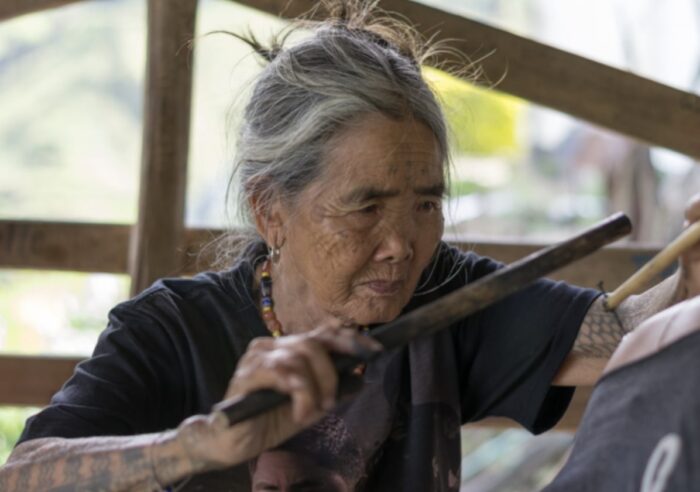Out of Town Blog
Is Apo Whang-od really the last and oldest Mambabatok?
Is Apo Whang-od Truly the Last and Oldest Mambabatok? Examining the Legacy
Apo Whang-Od, at over a century old, stands as a living legend in the world of traditional tattooing in the Philippines. Considered by many as the oldest and possibly the last Mambabatok of the Kalinga ethnic group, she represents a bridge between the ancient practice of ‘batok’ and its modern admirers. ‘Mambabatok,’ means tattoo artist in Kalinga culture.
For generations, this title has been bestowed upon those who intricately ink the skin of tribe members with designs steeped in history and personal significance.
Despite the common perception that Apo Whang-Od is the last of her kind, there is an open-endedness to the lineage of Mambabatok. The traditional Kalinga tattooing, or ‘batok,’ is experiencing a revival, with younger practitioners being trained in the age-old techniques.
These newcomers are adopting the role of cultural preservationists, ensuring that the heritage of inking, deeply entwined with identity and community, will survive. As such, while Apo Whang-Od’s prominence cannot be understated, the claim of her being the last Mambabatok is met with nuances that point to a broader, continuing narrative of this cultural icon’s impact.
The Historical Context of Mambabatok
The practice of mambabatok, a traditional tattooing technique, emanates from the Kalinga province in the Philippines and has been intertwined with the province’s identity and culture for centuries. It is characterized by its unique methods, which include the use of thorns and bamboo sticks, tapping into the skin to embed natural inks made from coal and water.
Kalinga Tribe and Batok
Kalinga, home to the Kalinga tribe, is renowned for its intricate, hand-tapped tattoos known as batok. This form of traditional tattoo represents a variety of societal roles, including beauty, strength, and protection. The tribe’s warriors were especially recognized by these tattoos, indicating their skill and status within the tribe.
Traditionally, a mix of charcoal and water was used to create the ink, and the tattoos were applied using a thorn affixed to a bamboo stick, a testament to the resourcefulness of the indigenous peoples.
Batok transcended mere ornamentation, it became an integral part of cultural heritage and tradition, each design replete with…
Click Here to Read the Full Original Article at Out of Town Blog…
